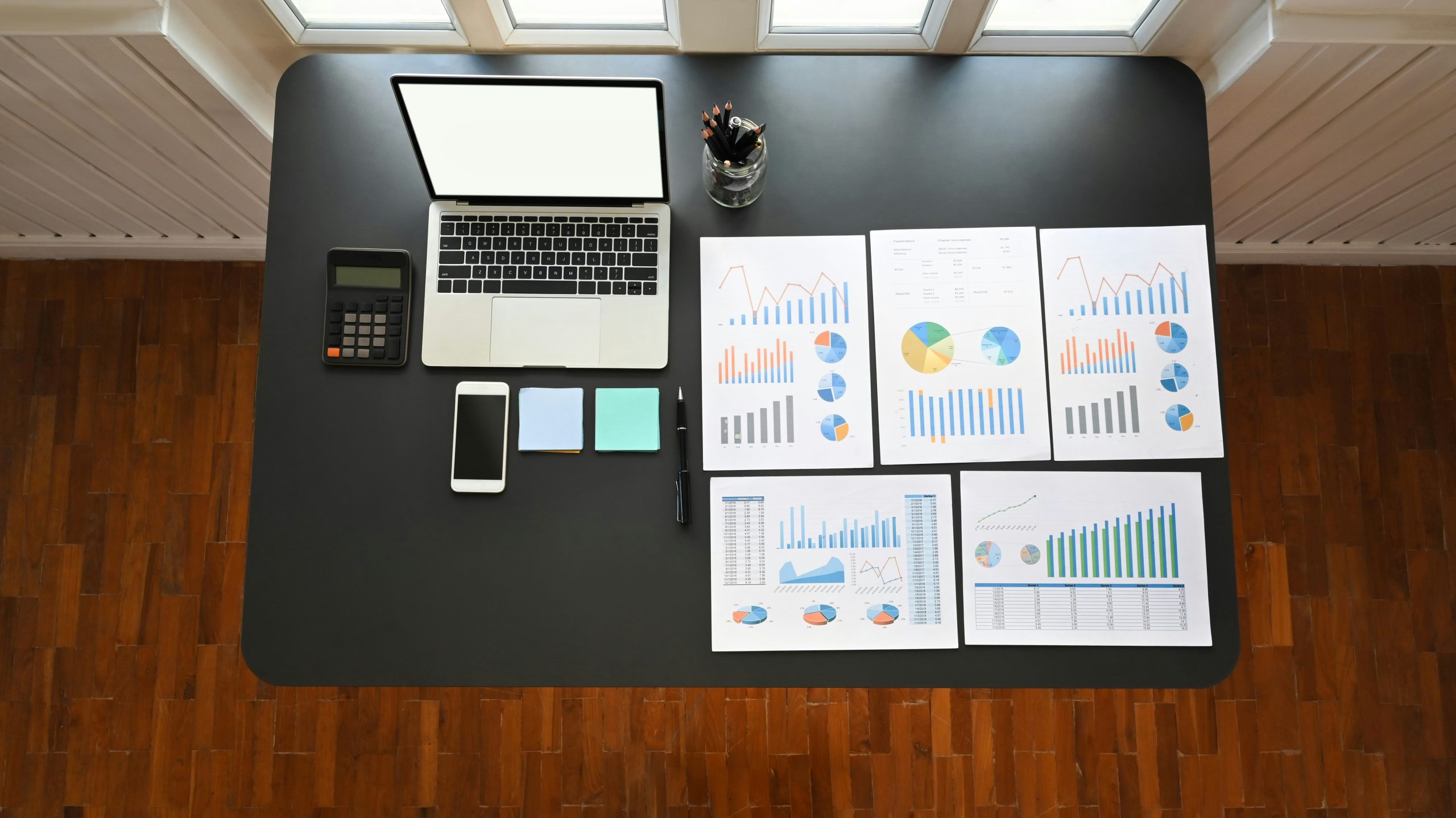Choosing the Right Tool for the Right Project
In today’s data-driven world, the ability to transform complex information into clear, actionable insights is crucial. Data visualization is an indispensable tool that helps businesses, analysts, and decision-makers interpret vast amounts of data efficiently. However, not all visualizations are created equal. Poorly designed graphs and charts can obscure key insights, mislead audiences, and hinder decision-making.
To harness the full power of data visualizations, it is essential to use best practices that enhance clarity, engagement, and comprehension. In this post, Dieseinerdata explores the best data visualization techniques to ensure that your data tells a meaningful story.
1. Choose the Right Type of Visualization
Selecting the appropriate visualization for your data is the foundation of effective storytelling. Different chart types serve different purposes:
- Bar Charts: Ideal for comparing categories or showing trends over time.
- Line Charts: Best for displaying continuous data, trends, and patterns.
- Pie Charts: Useful for illustrating proportions but should be used sparingly as they can be hard to interpret when segments are too close in size.
- Gauge Charts: Best when displaying a single key performance indicator (KPI) in relation to a predefined range.
- Scatter Plots: Excellent for showing relationships and correlations between variables.
- Heatmaps: Effective for detecting patterns and variations in large datasets.
- Histograms: Great for understanding distributions and frequency of data points.
- Box Plots: Helpful for identifying outliers and understanding data distribution.
By aligning the type of visualization with the data and the message you wish to convey, you ensure clarity and accuracy.
More

